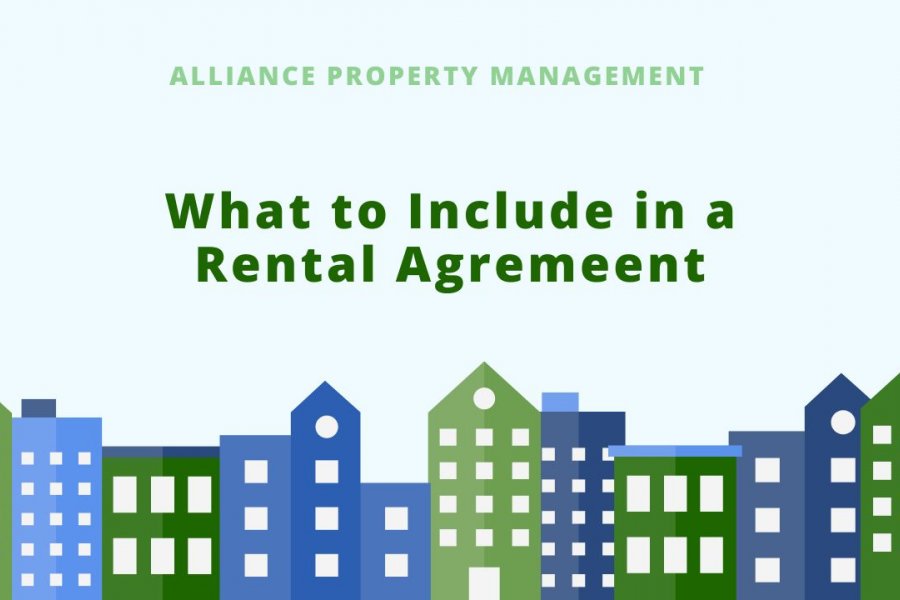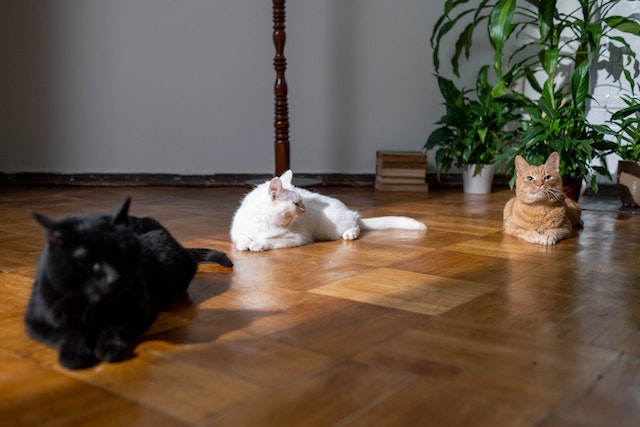
When considering to welcome tenants with pets, it’s important to think about the benefits and drawbacks first. Being a pet-friendly rental means putting in place some adjustments. If you decide to allow renters to bring in their pets, the pet policy should be reflected on your leasing agreement. You need to outline the terms and conditions as well.
This article will talk about the pros and cons of allowing tenants with pets to occupy your rental unit.
Benefits of Being a Pet-Friendly Rental Space
While opening your doors to renters with pets can mean facing more responsibility, there are a lot of advantages it provides to a landlord. You can miss out on a lot of opportunities that can secure you a steady rental income if you prevent yourself from seeing its benefits.
Below are great reasons for landlords to welcome tenants with pets:
1. Brings a higher income opportunity
Tenants with pets often have extra income to spend on their pets. They’re also aware that extra fees would apply when occupying a rental with a pet. Most landlords ask for a pet deposit, pet fee, or pet rent.
.jpg)
This allows you to earn more aside from the regular rental fee. Note that state laws have statutes on refundable pet charges, so you need to check on that first.
2. Land happy renters
Pets can help in regulating moods and can be a source of emotional stress relief. This provides a calm and comfortable environment for the tenants. Bringing in pets can make a tenant happy and inspire them to stay longer in your rental space.
3. Broad tenant prospects
As more people are open to the idea of being a pet owner, it’s natural that a lot would be seeking a pet-friendly rental space. If you decide to be welcoming to pets, then your tenant base also expands. Having a larger pool of potential renters allows you to select the best caliber of tenants for your rental property.
4. End up with long-term tenants
Just as there are landlords open to tenants with pets, some are not. It can be exhausting for renters to find a pet-welcoming rental and so, they’re likely to stay for the long haul if they find one. Renters also want their pets to be more comfortable so changing locations can also be stressful. Knowing this, landlords can benefit from a stable income source.
5. Gain responsible renters
Taking care of a pet means shouldering some responsibilities. You need to attend to feeding, schedule vet checkups, and arrange for your pet’s daily exercise.
.jpg)
As a result, pet owners are more reliable since they’re used to having pet responsibilities. They can be trusted more to perform their tenant duty of keeping a well-maintained unit.
6. Able to charge a higher rental rate
Since damage is possible when allowing tenants to have pets on your property, it can be risky. One way landlords deal with it is to assign a higher rental fee to balance the risks. This is a common setup and pet owners are willing to pay extra for the privilege of bringing their pets to the unit.
Risks to Being a Pet-Friendly Space
As with everything else, there are risks in allowing tenants with pets on your rental property. However, there are solutions you can apply to manage the situation.
Landlords are exposed to risks in their pet-friendly rental space, but this can be easily managed with enough preparation.
Here are situations you’ll possibly encounter when allowing tenants with pets:
1. Greater likelihood of property damage
Pets can contribute to property damage if they’re not well-trained. For example, puppies tend to chew a lot of things in a home and can also deliver scratch marks on the floors, doors, and furnishing.
2. Possible complaints from neighbors or other renters
Animals emit noise that can be disturbing if left unmanaged. Dogs are usually the culprit for their barking and running around. You can place soundproof walls to limit disturbance.
3. Dealing with injuries caused by pets
Animals can sometimes be unpredictable but for the most part, they become defensive and reactive when threatened or triggered by other animals. This can lead to potential injuries.

It’s best to ensure that pets are well-trained, and owners have great control over them and know how to subdue their pets when provoked.
4. Facing pet odors
Pets can become smelly, leading to complaints from other tenants, especially when odors are left in common areas of the property. It’s best to remind pet owners to take care of their pets well to prevent bad odors.
Fair Housing Laws Compliance
Even if you have no intention to welcome pets, under the Fair Housing Laws, people with disabilities are eligible to bring in an assistance animal. They’re not labeled as pets, so you can’t deny a potential tenant from bringing in a service animal even if you have a no-pet rule in your rental home.
Insurance Coverage Review
Before welcoming tenants with pets in your rental space, take time to look at the liability coverage of your insurance. Some can impose limits when it comes to injuries that involve pets. Take note of the insurance firms’ restrictions so you won’t experience the surprise of paying for medical bills resulting from pet injuries.
Pet Policy Inclusion in a Leasing Agreement
If you decide to be a pet-friendly unit, your rental agreement should have specific guidelines. Attaching a pet addendum is a must and all the terms and conditions should be clear. Explain the consequences of a violation so renters will be aware of what will happen and thus, will work hard to avoid breaking the rules.
Bottom Line
Welcoming pets shouldn’t be a spontaneous decision. When you know what to expect and what risks to face when permitting tenants with pets in your unit, you’re better prepared. Even if drawbacks exist, the benefits of being pet-friendly are enormous, starting with obtaining a greater income.
If you’re looking for a property manager to support your pet-friendly unit, contact Alliance Property Management today!
